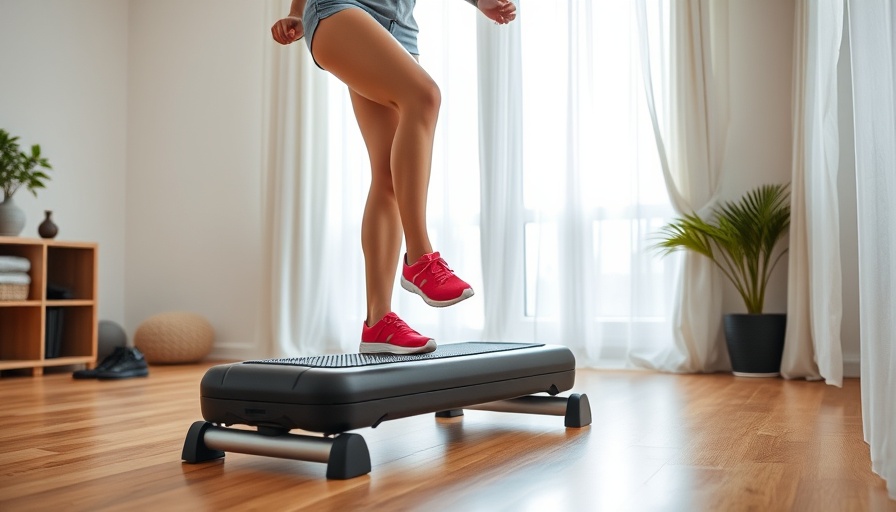
The Mental Benefits of Extended Cool-Downs and Stretching
In our fast-paced world, where busyness often overwhelms tranquility, taking time for extended cool-downs and stretching can have profound effects on both the body and mind. This practice is not merely about physical recovery; it holds significant mental benefits that can help in navigating the complexities of daily life. With the insights from the video Mental Benefits of Extended Cool-Downs/Stretching, we explore three critical reasons why stretching and slow-downs are essential for mental well-being.
In Mental Benefits of Extended Cool-Downs/Stretching, the importance of stretching in improving mental clarity and reducing stress is thoroughly examined, leading us to analyze its broader implications.
Understanding the Importance of Slowing Down
One of the most impactful aspects of extended stretching is its ability to train our neuromuscular system in achieving true relaxation. In a culture that thrives on speed and efficiency, many of us have lost touch with what it means to slow down. Engaging in extended stretching sessions provides the space to cultivate this feeling of relaxation, allowing for a mental reset that can reinvigorate our focus and clarity.
As believers in the SDA faith community, where health and mindfulness are emphasized, the practice of slowing down resonates deeply. It aligns with the biblical principles of rest and reflection, paralleling the notion of keeping the Sabbath as a time of renewal and rejuvenation. This intentional slowing down can help deepen our connection to our faith and enhance our overall well-being.
Stress Reduction Through Muscle Release
Stretching isn't just about physical flexibility; it's also an effective method for reducing mental stress. When we stretch, we release muscle tension, which has a cascading effect on our mental state. As stress dissipates, we gain clarity of thought and a better ability to manage life’s challenges.
Research suggests that physical tension and mental stress are closely linked. Hence, engaging in regular stretching can lead to improved problem-solving abilities and heightened perception changes. For those of us involved in spiritual and community activities, being mentally clear supports our capacity to better serve others and reflect on our experiences, creating a more profound impact in our collective lives.
Stretching as a Crucial Element of Performance
Interestingly, extended stretching sessions also play a role in conditioning our brains to recognize the importance of these restorative activities. By establishing a consistent practice, we can intuitively know when our bodies need a balance between exertion and rest. This knowledge can enhance our physical performance and overall quality of life.
For members of the SDA community, who often engage in physically demanding activities, this understanding is especially significant. Learning to listen to our bodies helps us to act in ways that not only honor our health but also honor our faith and commitment to stewardship of our physical selves.
Encouraging a Holistic Approach to Health
The insights drawn from yoga and meditation practices underscore the value of holistic health approaches. In a world where mental health issues are increasingly prevalent, incorporating practices like extended cool-downs and stretching into our routines can yield significant benefits. This cultural shift towards prioritizing mental well-being complements the physical health goals encouraged within our faith community.
Furthermore, engaging in these restorative practices allows one to experience deeper connections, whether with oneself or within the community. As we stretch, we not only cultivate our physical health but also nurture our mental resilience, supporting one another in an uplifting manner.
A Call for Action: Embrace the Stretch
Given the multitude of benefits associated with extending cool-downs and stretching practices, consider incorporating this mindful routine into your daily life. Share your experiences and reflections on how these activities have shaped your mental and physical health; it may inspire others in your community.
In conclusion, by embracing extended cool-downs and stretching sessions, we can foster a holistic approach to fitness that emphasizes both mental clarity and physical performance. Let’s embark on this journey towards well-being, together.
 Add Row
Add Row  Add
Add 




Write A Comment